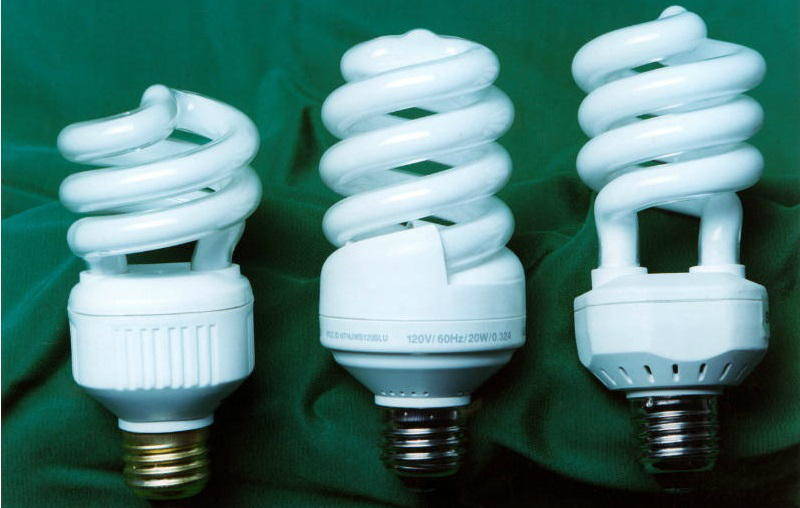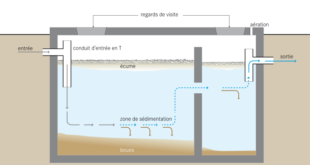The last few year more and more people are becoming aware of energy saving, i.e saving money through saving energy. One of the most popular ways that almost everyone do was replacing their old standard light bulbs with eco -friendly new generation energy- saving light bulbs.
But the recent study released something unbelievable for the energy saving bulbs. These energy- efficient bulbs are extremely toxic. According to a study conducted by researchers from the Fraunhofer Wilhelm Klauditz Institute for German’s Federal Environment Agency, if broken indoors, these light bulbs release 20 times the maximum acceptable mercury concentration in the air.

In case of a bulb breakage, the bulbs that you think can help you save energy release poison gas.
Oftentimes, we don’t care about disposing them that’s why they break when you throw them in the garbage bin. However, what’s more terrifying is when the bulbs break indoors. If this happens, they release 20x more mercury in the air and this can cause several problems, such as:
Dizziness
Migraines
Cluster headaches
Seizures
Anxiety
Inability to focus
Fatigue
If you’re not convinced as to why you should ditch the light bulbs that you are using today, here are more specific reasons why you should switch to incandescent bulbs now:
Energy saving bulbs contain mercury
As previously stated, these energy- saving light bulbs contain mercury, which is a potent neurotoxin that is especially dangerous to children and pregnant women. It is especially toxic to the brain, the nervous system, the liver and the kidneys, and it can also damage the reproductive, cardiovascular and immune system. Furthermore, mercury can cause anxiety, insomnia, memory loss, headaches, tremors, cancer and Alzheimer’s.
Energy saving light bulbs emit a lot of UV rays
It is generally recognized that UV-radiation is harmful for the eyes and the skin, as it can lead to skin cancer. These energy saving lamps emit UV-B and traces of UV-C radiation. This radiation directly attacks the immune system, and furthermore damages the skin tissues enough to prevent the proper formation of vitamin D-3.
Energy saving bulbs can cause cancer
The study by Peter Braun at Berlin Germany’s Alab Laboratory discovered that these light bulbs contain poisonous carcinogens that could cause cancer, such as:
- Naphthalene, a volatile white crystalline compound, produced by the distillation of coal tar, used in mothballs and as a raw material for chemical manufacture.
- Styrene, an unsaturated liquid hydrocarbon, obtained as a petroleum byproduct.
- Phenol, a mildly acidic toxic white crystalline solid, obtained from coal tar and used in chemical manufacture.
Hence, apart from the saving in energy and finances, these light bulbs pose serious health risks. Therefore, it would be wise to change back to regular incandescent bulbs, but be careful in doing so as well- since if one happens to break, the dangers are so severe.
The Environmental Protection Agency has laid out a very detailed protocol to deal with the mercury and cancer-causing chemicals in these cases, which suggests as follows:
In the event of a bulb breakage, due to the poison gas that is released, you should follow this emergency procedure:
Before Cleanup
- People and pets should leave the room.
- Open a window or door to the outdoor environment to air out the room for 5-10 minutes
- If you have a central forced air heating or air conditioning system, shut it off.
- Collect materials needed to clean up the broken bulb:
- Damp paper towels or disposable wet wipes (for hard surfaces)
- A glass jar with a metal lid or a sealable plastic bag.
- Stiff paper or cardboard
- Sticky tape
During Cleanup
- Do not vacuum as it could spread mercury-containing powder or mercury vapor, unless broken glass remains after all other cleanup steps have been taken.
- Be thorough in collecting broken glass and visible powder, scoop up glass fragments and powder using stiff paper or cardboard.
- pick up any remaining small glass fragments and powder with a sticky tape, such as duct tape. Place the used tape in the glass jar or plastic bag.
Place cleanup materials in a sealable container.
After Cleanup
After cleanup, avoid leaving any bulb fragments or cleanup materials indoors, and promptly place all of them, including vacuum cleaner bags, outdoors in a trash container or protected area until materials can be disposed of.
Moreover, check with your local government about disposal requirements in your area, and if there is no such requirement in your area, you can dispose of the materials with your household trash. However, some localities require fluorescent bulbs (broken or unbroken) be taken to a local recycling center.
Furthermore, you should continue to air out the room where the bulb was broken and leave the heating/air conditioning system shut off for several hours afterwards.
Sources:livingtraditionally.com, healthwyze.org
 World inside pictures Collect and share the best ideas that make our life easier
World inside pictures Collect and share the best ideas that make our life easier








